Best Shoes for Seniors
Helping Seniors Navigate the World with Confidence

Medically reviewed by
Dr. Obianuju Helen Okoye, MD
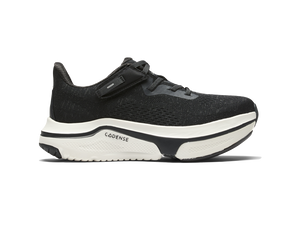
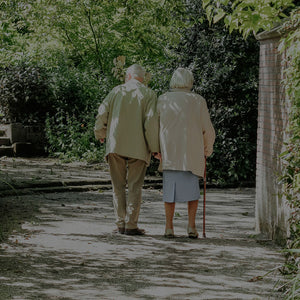
Common walking problems for seniors
As a senior, health concerns such as arthritis pain, balance issues, circulation problems and neuropathy pain can make walking challenging. A survey of participants aged 55 and above found that 25% had difficulties walking. But there are treatments and solutions that can help, including finding the right pair of shoes.
Features of shoes for seniors
Here are some of the features that are important to look for when you are shopping for shoes as an older adult.

Arch support
Choosing shoes that provide plenty of arch support will help you to prevent pain while walking or standing, and keep your ankles, knees and hips properly aligned. This in turn will improve your posture and help prevent additional pain or injury while walking or standing.
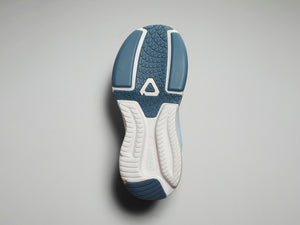
Slip-resistance
Slips and falls are common among older adults. Shop for shoes that feature good tread. That way, you will get ample traction even on slick surfaces, making it less likely that you will slip and fall.
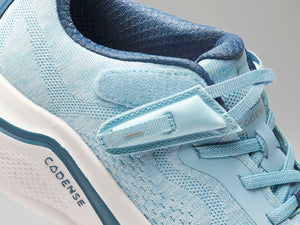
Easy to put on
Being able to put shoes on and take them off with ease can be an important feature for seniors who have difficulties with mobility. For example, if you have arthritis in your fingers, being able to quickly and easily get in or out of your shoes can spare you some pain.
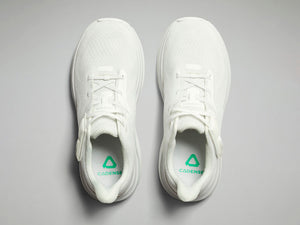
Lightweight
It is ideal for shoes for seniors to be lightweight. Shoes that weigh little require less energy to lift the feet. They also improve stability and physical function. That means that it is possible to walk longer distances with less fatigue, which can enhance mobility and independence. Lightweight shoes may also feel more comfortable and enjoyable to wear.
Frequently Asked Questions
What makes a ‘good’ shoe for seniors?
A good shoe for seniors offers firm but comfortable support, improves stability, cushions the soles, is easy to put on and take off, and includes features that make it easier to take natural steps.
Can shoes help relieve joint pain in seniors?
If a shoe has good shock-absorbing properties and helps to maintain the alignment and stability of the ankle, then yes, it could help to alleviate joint pain in seniors.
Are heavier or lighter shoes better for seniors?
Seniors are advised to shop for shoes that are relatively lightweight. These shoes require less effort to walk in, thus helping to minimise fatigue.
How do I know if a shoe has enough arch support for a senior?
If you are trying to choose a shoe to buy, you can read the product description and take a look at customer reviews. See what other seniors who need substantial arch support have to say about the product.
If you are trying to evaluate shoes you already own, take note of whether you have excessive pain while wearing them. That could be a sign they are not providing adequate arch support.
I would like more information on senior health
To keep learning about senior health, particularly with respect to feet and mobility, explore the posts in our blog.


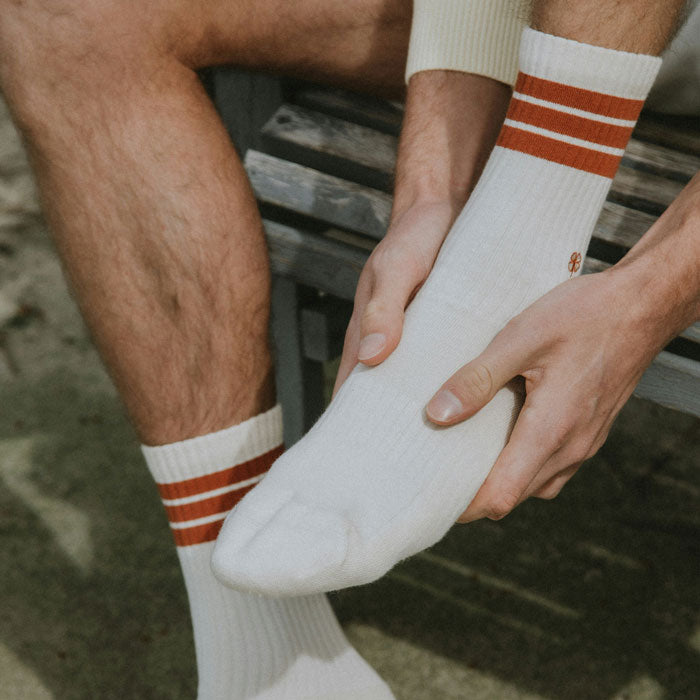
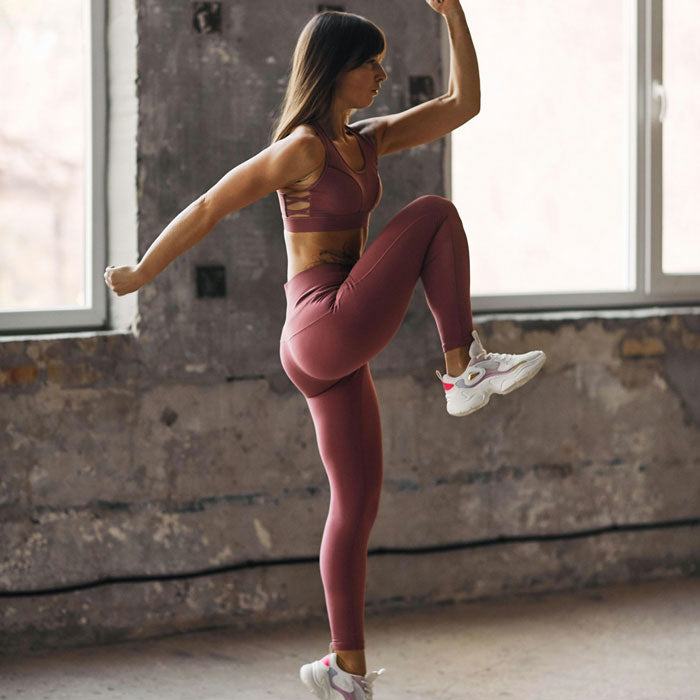


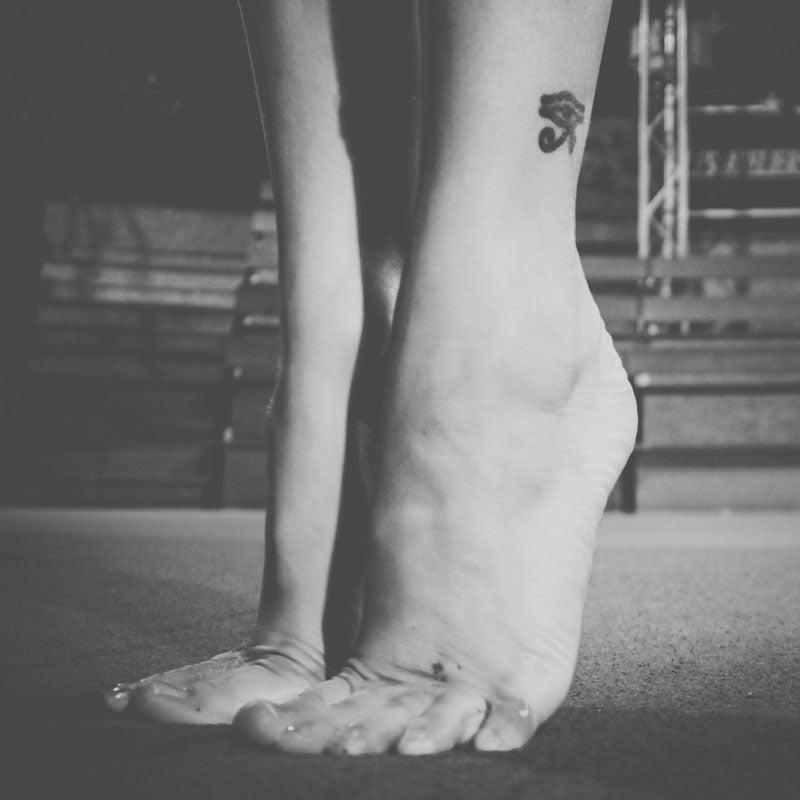
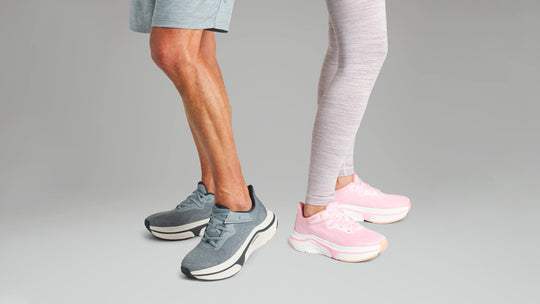
![[color: white] Original Women's Adaptive Shoe](http://cadense.com/cdn/shop/files/CadenseOriginalWomensWhite-001.jpg?crop=center&height=300&v=1694622872&width=300)
![[color: black] Original Women's Adaptive Shoe](http://cadense.com/cdn/shop/files/CadenseOriginalWomensBlack-001.jpg?crop=center&height=300&v=1698770194&width=300)
![[color: light blue] Original Women's Adaptive Shoe](http://cadense.com/cdn/shop/files/CadenseOriginalWomensLightBlue-001.jpg?crop=center&height=300&v=1698770194&width=300)
![[color: pink] Original Women's Adaptive Shoe](http://cadense.com/cdn/shop/files/CadenseOriginalWomensPink-001.jpg?crop=center&height=300&v=1698770194&width=300)
![[color: black] Original Men's Adaptive Shoe](http://cadense.com/cdn/shop/files/CadenseOriginalMensBlack-001.jpg?crop=center&height=300&v=1694621753&width=300)
![[color: slate] Original Men's Adaptive Shoe](http://cadense.com/cdn/shop/files/CadenseOriginalMensSlate-001.jpg?crop=center&height=300&v=1698770277&width=300)
![[color: white] Original Men's Adaptive Shoe](http://cadense.com/cdn/shop/files/CadenseOriginalMensWhite-001.jpg?crop=center&height=300&v=1698770277&width=300)